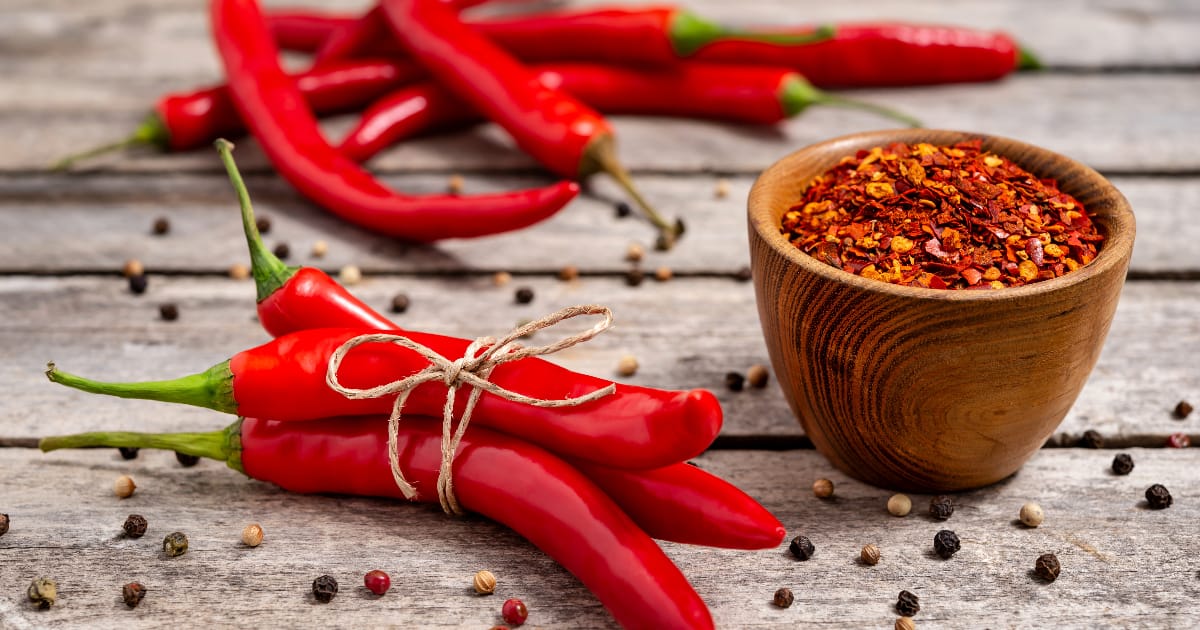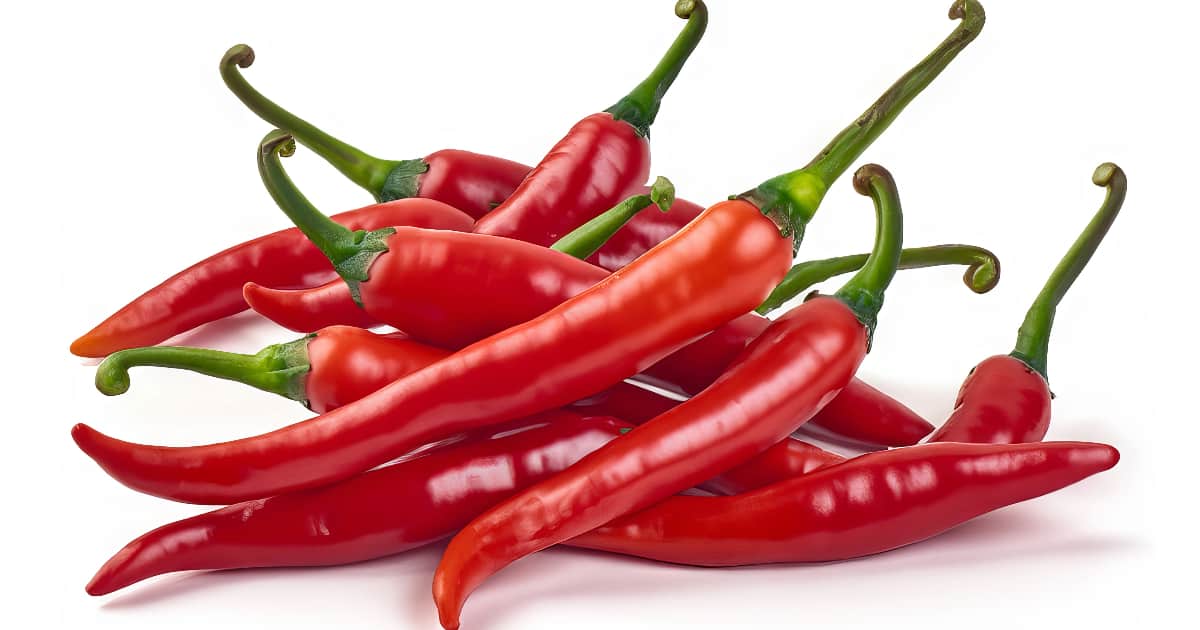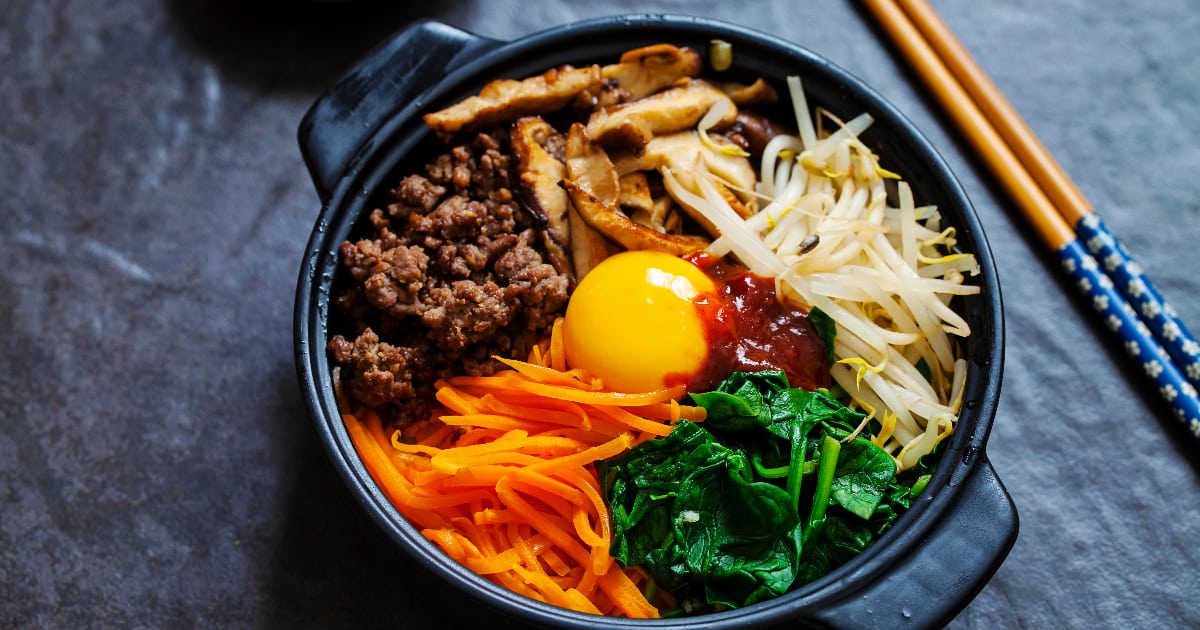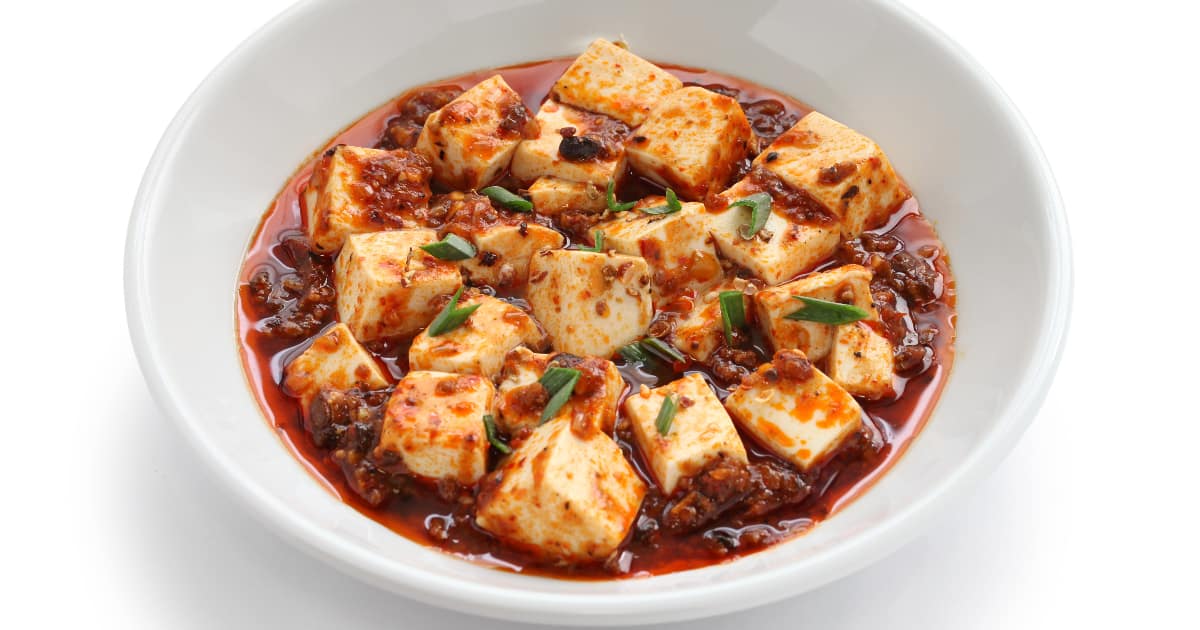Chili peppers and chili powder are two key ingredients used to add compelling heat and dynamic flavor to global cuisines. While they bear some simple similarities and can both infuse dishes with spice, they have distinct origins, ingredients, flavor profiles, and uses.

Let's explore the key differences between chili powder and chili peppers and when to use each for maximum culinary impact. By understanding how these two popular spices differ, you can confidently harness their unique strengths.
Chili Peppers Originated in Mexico While Chili Powder Was Invented in the United States
Chili peppers originated in Mexico, where they have been used both as food and medicine since at least 7500 BCE. The first Europeans to encounter chili peppers were likely Christopher Columbus and his crew, who called them "peppers" due to their spicy flavor reminiscent of black pepper.
In contrast, chili powder was invented much later in the United States. The first commercial chili powder blend was created by German immigrant William Gebhardt in Texas in the 19th century. Gebhardt recognized the potential popularity of chili peppers and developed chili powder in order to make chilies more widely accessible.
So while chili peppers have a long history of cultivation in Mexico and Central America, chili powder is a more recent American invention designed to capture the flavor of chilies in an easy-to-use powdered spice blend.
Chili Powder Contains Other Spices While Chile Pepper is Pure Ground Chile
Chili powder is a ground spice blend that contains chili peppers as well as other spices and herbs such as cumin, oregano, garlic powder, onion powder, paprika, and salt. The exact ingredients can vary significantly between brands and recipes.
Chile pepper, on the other hand, refers solely to dried and ground chili peppers without any other added spices. There are many varieties of chile pepper powder, each made from a different type of chili pepper. Some common types are ancho chile powder, chipotle chile powder, and cayenne pepper powder.
So while any powder made exclusively from ground chilies is considered a chile pepper, chili powder means a spice blend that contains additional seasonings besides ground chilies. Reading the ingredient label can help determine whether a powder is a pure chile or a more complex chili powder blend.
Chili Powders Offer a Range of Heat Levels While Chile Peppers Are Usually Hot

Compared to chile pepper, chili powder provides a much wider range of heat levels. Chili powder can be labeled as mild, medium, hot, or sometimes with a specific level on the Scoville scale. This versatility comes from the ability to control the amount and types of chili peppers used in the spice blend recipe.
On the other hand, chile peppers tend to be quite hot and spicy. Chile peppers rate high on the Scoville scale since they contain concentrated amounts of the chemical compound capsaicin which gives all chili peppers their heat. Some popular examples are cayenne pepper which ranges from 30,000-50,000 Scoville units and chipotle chile powder which measures around 10,000.
So chili powder can provide anything from subtle warmth to intense heat by adjusting the chili peppers and other spices it contains. Chile pepper brings pure concentrated chili heat to dishes.
Chili Powder Has a Complex Flavor While Chile Pepper Heat is Prominent
The blend of ingredients in chili powder delivers a complex, multilayered flavor profile. Chili peppers give it warmth alongside aromatics like cumin, oregano, garlic, onion, and paprika. This allows the non-chili spices to shine through. Overall, chili powder has a rich, earthy taste with mild to moderate heat.
On the other hand, the most prominent flavor note in chile pepper varieties is heat from the capsaicin content. But they also have some fruity, subtly earthy flavors. Since chile pepper contains only chili peppers, the heat takes center stage in the flavor profile. Cayenne and Chipotle bring fierce spice to dishes.
So chili powder offers a nuanced blending of spices, while the pure chili flavor and searing heat are the stars of chile pepper powder.
Chili Powder's Warmth Compliments Many Dishes

The complex flavor and gentle spiciness of chili powder make it a versatile ingredient in various global cuisines. It is an essential component in chili con carne and Tex-Mex favorites like enchiladas, tacos, and fajitas. Chili powder also nicely seasons succotash, hominy, chowders, and poultry rubs.
Beyond Mexican cuisine, chili powder adds warmth and depth to Italian pasta sauces, Greek meatballs, Indian curry powder blends, North African tagines, and Korean bibimbap. It brings a subtle heat and smokiness to dishes without overpowering other ingredients.
So chili powder can provide the right amount of warmth and dimension of flavor to enhance dishes across many culinary traditions. A little chili powder goes a long way to add the perfect pop of spice.
Chile Pepper Heat Turns Up The Flavor in Many Cuisines

The intense spiciness from chile peppers allows them to make their mark across global cuisine. Cayenne pepper is a crucial ingredient in many Asian dishes like kimchi, Chinese mapo tofu, Thai curries, and Indian sambar. Chipotle chile peppers are essential to Mexican adobo sauce, moles, tamales, and salsas.
Beyond adding heat, chile peppers also provide a subtle earthiness and fruity undertone. Chile peppers work well as a dry rub or spice crust on proteins before grilling. They also make a flavorful addition to oil and vinegar-based marinades. A sprinkling of chile pepper powder adds vibrant color and visual appeal to finished dishes.
So whether used in moderation or full-on fiery spice, chile peppers like cayenne and chipotle bring an irreplaceable punch of heat to recipes across the globe. Their purity of chili flavor shines through beautifully.
Both Offer Health Benefits When Consumed in Moderation
Like many spices, both chili powder and chile peppers hold health benefits when consumed in moderation as part of a balanced diet. Chili peppers contain antioxidants like vitamins A, C, and E. They also provide the chemical capsaicin, which may boost metabolism and appetite suppression.
However, be aware that over-consuming very spicy chili peppers may cause digestive upset like heartburn or irritation. As with any spice, moderation is key to harnessing the potential benefits of chili powder and chile peppers.
So feel confident adding a dash of chili powder or a pinch of chile pepper to your recipes. Just be sure not to overdo the heat, especially if you are sensitive to very spicy foods.
Chili Powder is More Accessible While Chile Peppers Cost More
Walk into any supermarket and you'll find various brands of chili powder on the spice shelf. It's mass-produced to meet high demand. The popularity of chili powder makes it fast and convenient to find. It is also relatively inexpensive, costing just a few dollars for a bottle or bag.
Chile peppers like cayenne and chipotle tend to be more expensive and less ubiquitous than generic chili powder. Shopping for chile pepper may require a trip to a specialty grocer or an order from an online spice purveyor. However, a little chile pepper goes a long way thanks to its concentrated flavor and heat.
So chili powder wins in terms of accessibility and cost due to its widespread availability. But the unique punch of flavor brought by specialty chile peppers is worth the effort to seek them out.
Use Chili Powder For Versatility and Chile Pepper For Pure Heat
Both chili powder and chile pepper have their place in the kitchen depending on the flavor profile and heat level you aim to add to a dish. Chili powder is an extremely versatile spice blend that subtly enhances overall flavor. It brings a layer of warmth and earthiness without much bite.
Alternatively, chile peppers like cayenne and chipotle pack pure fiery heat. They create an intense chili flavor when you want to turn up the spice quotient. Chile peppers also provide a pretty garnish.
So rely on chili powder when you want to add intricate seasoning. Use chile pepper for searing heat and chili punch. Once you understand their differences, you can artfully combine chili powder and chile pepper to create the perfect balance of warm, multifaceted flavor and pure spicy heat.
FAQ
What are some different varieties of chili peppers?
Some popular fresh chili pepper varieties beyond jalapeño include:
- Poblano: Mildly hot with rich flavor, often stuffed and baked
- Serrano: Very hot and perfect for salsas
- Habanero: Fruity and floral with intense heat
- Ghost pepper: One of the world's hottest peppers
- Thai: Common in Southeast Asian cuisine with compact size and spiciness
- Cherry bomb: Round red peppers with high heat
- Pepperoncini: Mild heat and distinct tang with Greek origins
What dishes use a lot of chili powder?
Some cuisines and dishes that heavily utilize chili powder include:
- Tex-Mex favorites like chili con carne, tacos, enchiladas, and fajitas
- Traditional Indian curries, tandoori chicken, biryani, and vindaloo
- Middle Eastern recipes like shawarma, tagines, and Ras el Hanout spice blends
- Kansas City barbecue sauces and rubs for brisket and ribs
- Oven-baked chicken or fish with a spiced crust or marinade
- Chili-topped hot dogs, burgers, and other American classics
Can you use chili paste as a substitute for chili powder?
While they both contain chili peppers, the consistency, and additional ingredients differ significantly between chili paste and chili powder. Chili pastes like sambal oelek contain pureed whole chilies blended into a thick paste with oil, vinegar, garlic, and other seasonings. This makes chili paste better for mixing into sauces, marinades, and dips rather than dusting as a dry spice. For the best flavor, it's better to use chili powder when a dry spice is required and chili paste for cooking into liquid mixtures.
Conclusion
With their origins across continents and centuries, both chili powder and chili peppers have become essential ingredients in global cuisine. Understanding their unique backgrounds, make-up, flavor profiles and ideal uses allows you to fully harness their wide-ranging potential.
Chili powder provides complex seasoning, while chili peppers bring pure, concentrated heat. Now that you know how to distinguish these two popular spices, you can combine them to take your cooking to the next level.

